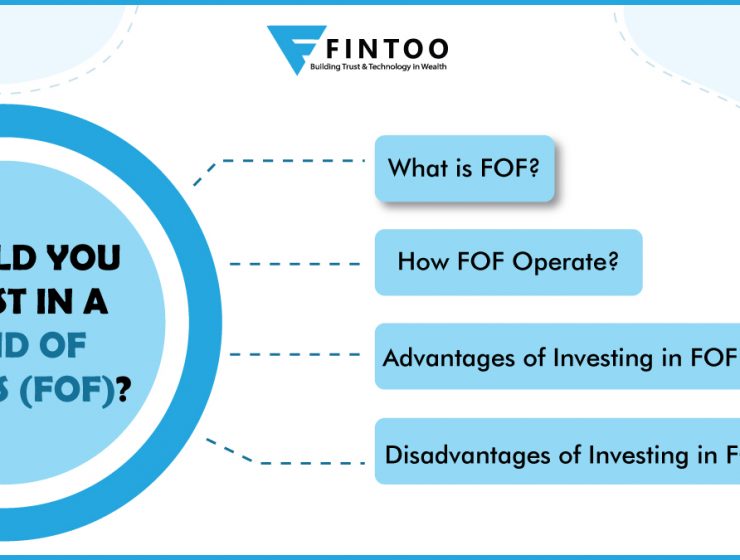

Recently in the last couple of months, SEBI has issued some circulars to bring in about some changes in the area of mutual funds. These are an imposition of stamp duty on mutual funds, new rules for Multi cap funds, Change in margin system and modifying NAV rules for mutual fund schemes.
Let us discuss the first one in detail in today’s blog.
Stamp duty to be applicable on mutual fund – The first circular which was passed was regarding the imposition of stamp duty on mutual funds. From 1 July 2020, stamp duty is imposed on the purchase of mutual funds whether it is debt, Equity, Gold or hybrid mutual fund.
An important point to note here is that it is imposed only on purchase transactions. This means when you invest in a mutual fund, stamp duty will be levied.
In other words, we can say that stamp duty will be applied on the following transactions where investment is made:-
- Lump sum investment
- Systematic investment plans (SIPs) and
- Systematic transfer plans (STPs),
- Dividend reinvestment
So whether your investment is a lump sum investment or SIP, stamp duty will be applicable. Not only fresh investment from your pocket but also if there is an STP (Systematic Transfer plan), in the scheme in which the funds are switched to is considered to be a new investment in that particular scheme and thus stamp duty will be levied. Same logic is applied to dividend reinvestment, every dividend that is declared and reinvested in the same scheme will be open to stamp duty charges.
Like I said above it is imposed only on purchase transactions. This means it is not applicable on the redemption of units.
Now the next question can be “How much do we have to pay as stamp duty charges?”
Well, the rate applicable is 0.005% on the purchase or switch in amount and 0.015% for transfers between demat account i.e. ETF units. To understand it better, let us take an example.
If an investor made an investment of Rs. 1,00,000, stamp duty paid will be Rs.5. (0.005%*1,00,000)
As it is a one-time expense at the time of purchase, it is more like an entry load. SEBI had done away with the practice of charging entry load for mutual funds since 2009. However, with the introduction of this move of levying stamp duty on purchase transactions, it’s more like a return of entry load for an investor. But the impact will not be much for long term investments. This is because the returns may always be higher in long term as compared to short term.
Usually debt investments are made for short term specifically, liquid funds. So here the impact would be more. If you are doing investment for the long term then you will be least affected with this new stamp duty imposition.
It is further recommended to not switch your funds very frequently especially in a short term and also try to avoid dividend reinvestment option. You may opt for growth option instead to prevent stamp duty.
As the stamp duty will be auto deducted by the registrar and transfer agent (RTA) of the mutual fund when you buy units, you don’t have to pay it separately. You will get fewer units in the mutual fund due to the deduction. For example, instead of 50 units, you may end up with 49.98 units due to the stamp duty deduction.
Soon after this circular, there was a confusion regarding whether this will be applicable to AIFs or not.
SEBI immediately clarified that stamp duty tax is also applicable on units of AIFs.
In addition, SEBI has asked AIFs to appoint registrar and transfer agents (RTAs) to collect stamp duty tax. But, till they appoint RTAs, AIFs can keep the collected stamp duty tax in a designated bank account. With this circular, AIFs will be in line with mutual funds, ULIPs and NPS.
There is incidence of double stamp duty taxation on AIFs. How?
AIF investors will have bear the burden of stamp duty tax twice – first when he purchases mutual fund units as an investor and second at portfolio level when the fund manager executes transactions.
It is important to understand that the first taxation will be levied upfront whereas in the second incident it will be adjusted to scheme’s TER (Total Expense ratio).
Must read: Know Your Expenses When You Go For A Mutual Fund Investment
Now let us see the applicable rate?
The government has imposed the same percentage of stamp duty tax of 0.005% on purchase of units of AIFs. This basically means that AIF players will allot units only after deducting stamp duty tax of 0.005% on invested amount.
At portfolio level, the government has imposed stamp duty of 0.0001% on transfer and re-issue of equity and equity related instruments. For debt instruments, stamp duty tax of 0.015% will be levied on delivery transactions and 0.003% on intraday and option transactions.
In case of equity IPOs and fresh issuance of debt papers, the government has imposed stamp duty tax of 0.005%.
The stamp duty tax on futures both equity & commodity and currency & interest rate derivatives would be 0.002% and 0.0001, respectively.
Please note that there will be no stamp duty tax on transactions of government securities. However, the government would levy stamp duty of 0.00001% on transaction of repo on corporate bonds.
With this I hope you have a better clarity on imposition of stamp duty on your investments.
A financial planning platform where you can plan all your goals, cash flows, expenses management, etc., which provides you advisory on the go. Unbiased and with uttermost data security, create your Financial Planning without any cost on: http://bit.ly/Robo-Fintoo
To Invest and keep regular track of your portfolio download: Fintoo App Android http://bit.ly/2TPeIgX / Fintoo App iOS http://apple.co/2Nt75LP‘
Disclaimer: The views shared in blogs are based on personal opinion and does not endorse the company’s views. Investment is a subject matter of solicitation and one should consult a Financial Adviser before making any investment using the app. Making an investment using the app is the sole decision of the investor and the company or any of its communication cannot be held responsible for it.
Related Posts
Stay up-to-date with the latest information.


